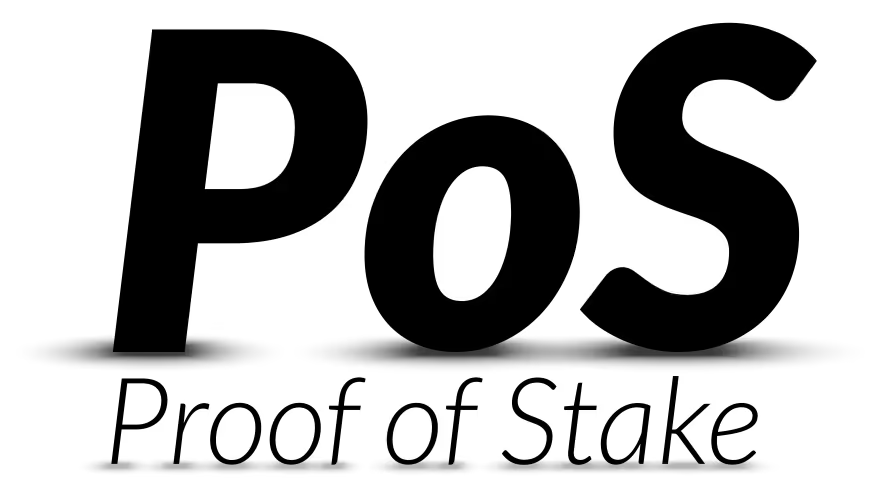Key Takeaways
- Proof of Stake (PoS) replaces energy-intensive mining with token staking to secure networks efficiently.
- In 2025–2026, PoS dominates blockchain innovation, driving sustainability and cross-chain scalability.
- Major networks like Ethereum, Cardano, and Solana showcase PoS as the foundation for the next generation of decentralized systems.
The Shift from Proof of Work to Proof of Stake
The crypto industry has evolved rapidly since Bitcoin’s debut in 2009, and one of the most transformative developments has been the shift from Proof of Work (PoW) to Proof of Stake (PoS). Where PoW relied on energy-intensive computations to validate transactions, PoS introduced a more elegant and sustainable approach — staking.
Under the Proof of Stake model, network participants (known as validators) commit, or stake, their tokens as collateral to secure the blockchain. This mechanism eliminates the need for high-powered mining rigs, drastically reducing energy consumption and improving scalability. In 2025, as environmental regulations tighten and blockchain adoption grows, this consensus model has become the preferred standard for most new crypto projects.
Ethereum’s 2022 transition to PoS through “The Merge” marked a turning point. By 2025, it is now clear that Proof of Stake is no longer just an alternative — it is the new norm for securing decentralized networks.
How Proof of Stake Works
Proof of Stake operates on a simple principle: economic skin in the game equals security. Validators are chosen to create new blocks and confirm transactions based on how much cryptocurrency they have locked up as collateral.
This selection isn’t random. The algorithm often weighs factors such as the amount staked, the staking duration, and sometimes a measure of randomness to maintain fairness. If a validator acts maliciously or validates fraudulent transactions, their staked tokens can be slashed — partially or fully confiscated — as a deterrent.
This design achieves multiple goals:
- Security through incentive: Bad actors risk their funds.
- Efficiency through participation: Anyone holding tokens can join validation pools.
- Scalability through design: Without mining, PoS systems can process transactions faster and at lower costs.
By 2026, hybrid and multi-chain Proof of Stake systems are emerging, combining different consensus models to enhance cross-chain interoperability — a key driver of Web3 infrastructure.
Why Proof of Stake Matters in 2025
As crypto matures into mainstream finance, energy efficiency, speed, and accessibility are becoming critical metrics. Proof of Stake addresses all three.
1. Sustainability and Climate Goals
The global energy conversation has reached crypto. Governments and institutions in 2025 are prioritizing carbon neutrality, and Proof of Stake networks are perfectly aligned with that mission. Ethereum’s energy use dropped by more than 99% after its switch — a data point that continues to resonate with policymakers and investors.
2. Accessibility and Inclusion
PoS lowers the barrier to entry. While PoW mining required expensive hardware, PoS allows anyone with tokens to participate in network security through staking pools or decentralized staking platforms. This democratization is helping onboard millions of new crypto users in developing markets, including Africa, Southeast Asia, and Latin America.
3. Institutional Confidence
As blockchain becomes integral to digital economies, institutional investors demand predictable returns and stability. PoS systems offer that through staking rewards — predictable yields that resemble interest, yet are governed by decentralized logic. By 2025, staking has evolved into a new digital asset class, integrated into portfolios and DeFi ecosystems alike.
Proof of Stake vs. Proof of Work: The Deciding Factor
The contrast between Proof of Stake and Proof of Work is no longer ideological — it’s practical. Proof of Work remains essential for Bitcoin and certain security-focused networks, but PoS outperforms it in several key dimensions:
| Metric | Proof of Work (PoW) | Proof of Stake (PoS) |
|---|---|---|
| Energy Use | High | Minimal |
| Scalability | Limited | High |
| Participation | Hardware-based | Token-based |
| Speed | Slower | Faster |
| Environmental Impact | Significant | Negligible |
By 2026, nearly 80% of active blockchains are expected to use some variant of PoS or Delegated PoS (DPoS). This includes both enterprise-grade networks and DeFi-focused ecosystems.
Real-World Examples Leading the PoS Revolution
- Ethereum (ETH): The largest PoS network by market capitalization. Ethereum’s move solidified PoS as a proven and scalable alternative to mining.
- Cardano (ADA): Pioneered a research-driven approach to staking and governance, emphasizing mathematical proof of fairness and sustainability.
- Solana (SOL): Combines PoS with Proof of History for unmatched transaction speeds, now critical to Web3 gaming and decentralized apps.
- Polkadot (DOT): Uses a variant called Nominated Proof of Stake (NPoS) to enhance validator trust and cross-chain communication.
These platforms exemplify how Proof of Stake is not just a consensus mechanism — it’s a foundation for interoperability, innovation, and economic participation in the digital age.
The Future of Proof of Stake: 2026 and Beyond
The next evolution of PoS is about integration. Networks are exploring cross-chain staking, restaking, and modular consensus layers, allowing assets staked on one chain to secure multiple networks.
AI-integrated validation, decentralized governance, and on-chain reputation scoring are also emerging, making PoS systems smarter and more resilient. In 2026, these innovations could transform staking from a passive yield activity into an active governance role, blending financial incentive with community decision-making.
Moreover, regulatory frameworks are catching up. The European Union, Singapore, and the UAE have introduced clear staking regulations that protect consumers while legitimizing the practice within traditional finance.
Conclusion: Proof of Stake Is the Backbone of a Sustainable Blockchain Future
Proof of Stake has redefined how blockchains achieve consensus, balancing security, efficiency, and inclusivity in a way that aligns with the digital economy of 2025 and 2026. As decentralized systems continue to scale globally, PoS stands as the foundation for a greener, faster, and more democratic internet.
From Ethereum’s dominance to emerging PoS innovations across DeFi and enterprise solutions, one thing is clear: Proof of Stake isn’t just a technical shift — it’s the new economic engine of the blockchain era.



